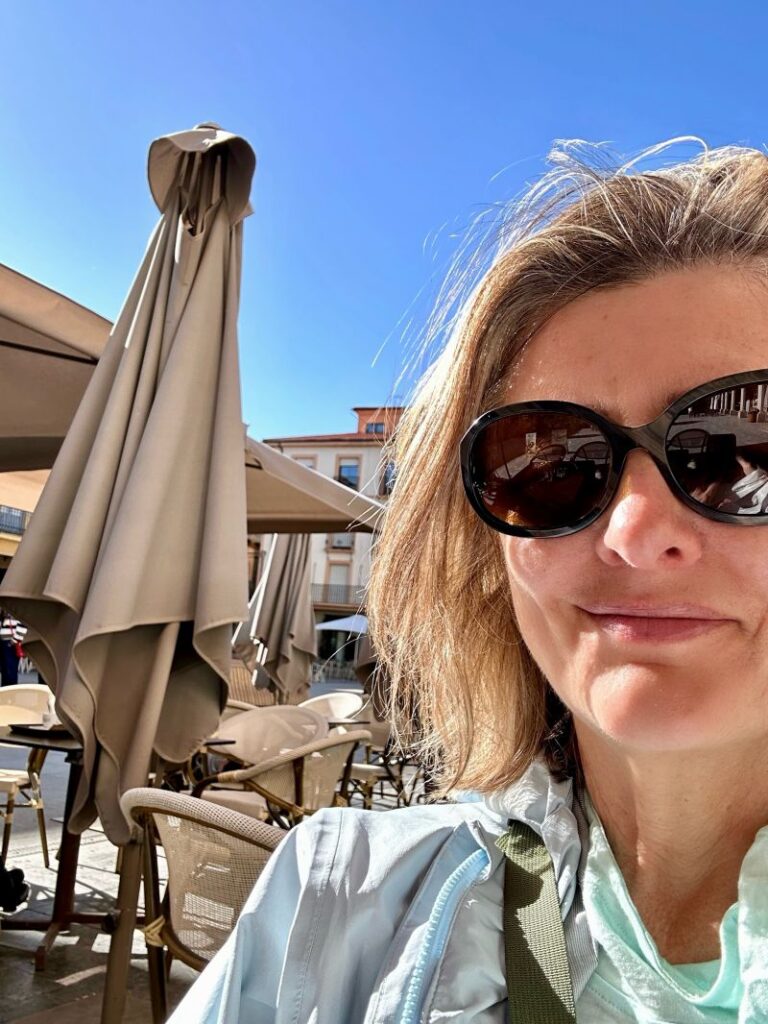I was recently asked to present at a leadership program on decision making and it’s importance in leadership. I was asked if I had particular decision making models that I had used along the way and any I preferred. As preparation, I paused to reflect on how I’d made decisions during my career.
What I have learnt over the years is as a leader, you are expected to make decisions no matter how difficult they are. You’ll be forgiven for making the wrong decision but you won’t be forgiven for not making a decision.
Everyone approaches decision making in different ways. Some people want to talk it out with others, hear their ideas and make sense of what they’re thinking. The advantage of this is stakeholders are engaged and many different opinions are sought which helps ensure the decision is the right one. However, the risk is over consultation and decision paralysis due to too many ideas and opinions. Other people like to make very rapid decisions without much consultation. The advantage is the decision is made quickly and everyone can move into execution. The risk is their lack of consultation results in disengaged stakeholders who aren’t brought on the journey, and sometimes the realisation that the decision was the wrong one.
There are lots of different approaches and decision making models out there but here’s my own model which has served me well over the years. I have affectionately called it CLIMB (because as a leader, you’re climbing a mountain every day).
Here’s my CLIMB process:
C: Consult (the right people who are smarter than me and close to the problem)
L: Listen (I mean really listen, not just pretend to)
I: Introspection (but not for too long!)
M: Make the decision (it might be a tough one, but you’re paid to make decisions)
B: Back yourself (if you’ve done the earlier stages, you should feel confident with what you decided)
I also believe it is important to circle back with those who provided input to advise them of the outcome. Because it’s all about relationships and it’s the right thing to do.




